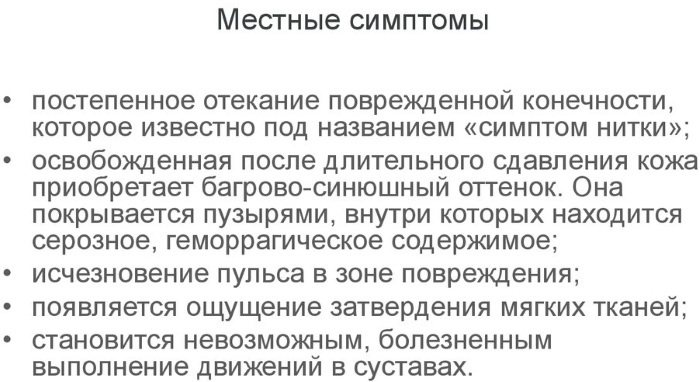Hypercholesterolemia is a pathologyin which the blood contains too high cholesterol. The main cause of hypercholesterolemia is a genetic predisposition, and the disease itself leads to serious consequences.
Record content:
-
1 Classification
- 1.1 By origin
- 1.2 WHO classification
- 1.3 Stages of hypercholesterolemia
- 2 Symptoms
- 3 Possible reasons
- 4 Diagnostics
-
5 Treatment methods
- 5.1 Drug treatment
-
5.2 Traditional methods
- 5.2.1 Linden infusion
- 5.2.2 Flax seeds
- 5.2.3 Lemon-honey-garlic mixture
- 5.2.4 Broth of oats
- 5.2.5 Ginger tea
- 5.2.6 Rose hip
- 5.3 Diet
- 5.4 Lifestyle change
- 5.5 Surgery
- 6 Possible consequences
- 7 Video about hypercholesterolemia
Classification
Hypercholesterolemia, the causes and consequences of which depend on the type of disease, has different types of classification.
By origin
Depending on the origin, hypercholesterium is primary (caused by a hereditary predisposition in combination with external factors - smoking and unhealthy diet) and secondary (caused by any diseases of the body that affect the increase in cholesterol levels in blood).
WHO classification
According to the classification by the World Health Organization, there are 6 types of hypercholesterolemia:
- Type I (hereditary hyperchylomicronemia, primary hyperlipoproteinemia) - characterized by an increase in the number of chylomicrons (a type of lipoproteins). The reason is the lack of the enzyme lipoprotein lipase.
- Type IIa (hereditary hypercholesterolemia, polygenic hypercholesterolemia) - the concentration of low density lipoproteins (LDL, “bad” cholesterol) is increased. It develops due to malnutrition, manifests itself in the form of xanthomas and leads to the early development of cardiovascular pathologies.
-
Type IIb (combined hyperlipidemia) - occurs due to an excess of triglycerides and apolipoproteins B in the body.
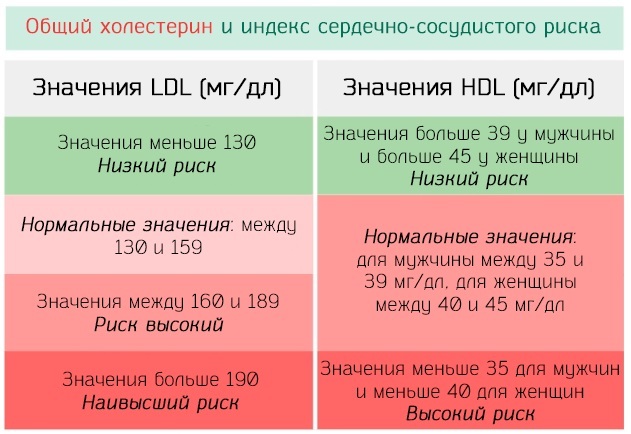
- III type (hereditary dys-beta-lipoproteinemia) - has a genetic origin, characterized by an increase in the amount of intermediate density lipoproteins in the blood.
- IV type (endogenous hyperlipemia) - characterized by an increase in the total number of triglycerides and VLDL (very low density lipoproteins) in the blood.
- V type - characterized by an increase in the amount of VLDL and chylomicrons in the blood.
Stages of hypercholesterolemia
There are 3 degrees of development of hypercholesterolemia:
- Light - blood cholesterol content is from 5 to 6.4 mmol / l.
- Moderate - from 6.5 to 7.8 mmol / L.

- High - from 7.9 mmol / L.
Symptoms
Hypercholesterolemia is determined during a biochemical blood test - the level of cholesterol in its serum is calculated. However, patients with hypercholesterolemia often have external signs of the disease - the most common of them are xanthomas. These are small papular blisters on the skin that have a yellow tint and are filled with lipid content.
Xanthomas are of several types:
| Eruptive | Small papules that form mainly on the skin of the thighs and buttocks. |
| Tuberous | Large plaques of red, purple, or cyanotic hues. Localized on the legs, arms, face, scalp. |
| Tendon | They appear in the area of the extensor tendons of the fingers. |
| Flat | Flat formations that most often appear in the folds of the skin. |
| Xanthelasma | Xanthelasmas are localized on the skin of the upper eyelids, have a pronounced yellow tint. |
Possible reasons
The most important cause of the disease is a hereditary predisposition to an increase in blood cholesterol levels and the development of concomitant diseases.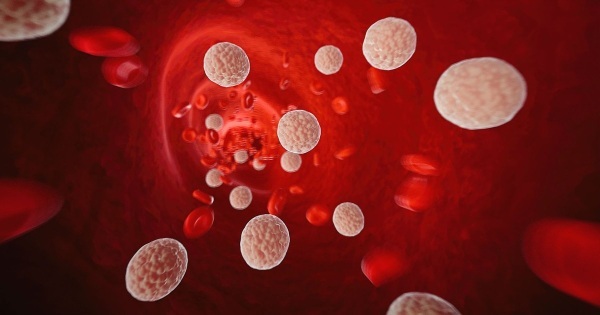
Also, the development of hypercholesterolemia can lead to:
- diseases of the liver, gallbladder and biliary tract;
- dysfunction of the thyroid gland;
- kidney disease accompanied by nephrotic syndrome;
- some autoimmune diseases (systemic lupus erythematosus, glomerulonephritis);
- taking medications that contribute to lipid metabolism disorders;
- excessive amounts of animal fats in the diet;
- physical inactivity, sedentary lifestyle;
- frequent stress.
Also, hypercholesterolemia is often a consequence of dyslipidemia - a violation of the digestion and assimilation of fats in the body.
Risk factors for hypercholesterolemia are male gender, age over 45, and obesity.
Diagnostics
It is possible to determine the elevated content of cholesterol in the blood using a biochemical blood test. Additionally, blood tests are performed for liver function tests (to assess liver function) and the content of alkaline phosphatase, gamma-glutamyl transpeptidase (to detect cholestasis).
To identify kidney disease, a urine test (general and biochemical) is prescribed. If there is a suspicion of liver damage with viral hepatitis, then a blood test is performed to detect the viruses of the disease.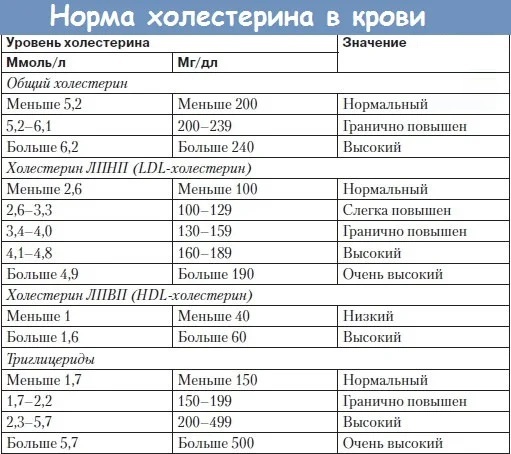
It is also necessary to carry out the following diagnostic methods:
| Hormonal research | Determine the level of hormones of the thyroid gland, adrenal glands and pituitary gland to assess their work and identify endocrine pathologies. |
| Genetic research | They are carried out to identify hereditary hypercholesterolemia. During the study, the mutation of certain genes is determined. |
| Ultrasound | Carried out for the diagnosis of internal organs. With the help of ultrasound, stones in the biliary organs and tracts, fatty infiltration of the liver can be detected. |
Additionally, narrow examinations can be performed to assess the complications of hypercholesterolemia. Basically, an examination of the blood vessels of the body is carried out in order to detect blood clots.
Treatment methods
Hypercholesterolemia (the causes and consequences of which affect the success of therapy) is treated in a complex manner with medications, folk methods and lifestyle changes. If the cause of the pathology is not associated with a genetic disorder, then the disease that caused an increase in blood cholesterol is first treated.
Drug treatment
With a high level of cholesterol in the blood, the following types of medications are used: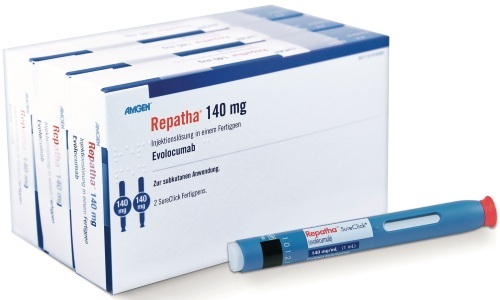
| Group of drugs | Action | Drug names |
| Statins | Suppress cholesterol synthesis in the liver, help lower blood cholesterol levels. | Atorvastatin, Rosuvastatin. |
| PCSK9 inhibitors | They bind to receptors of LDL molecules and stimulate their breakdown. Used when statins are ineffective. | Evolokumab, Alirokumab. |
| Fibrates | The action of fibrates is aimed at reducing the amount of triglycerides, LDL and VLDL in the blood. | "Clofibrate", "Fenofibrate". |
| Bile acid sequestrants | Suppress the absorption of bile acids in the intestine, thereby helping to lower blood cholesterol levels. | “Colestipol”, “Colesteramine”, “Kolesevelam”. |
| Nicotinic acid (Vitamin B3) | Reduces the absorption of fatty acids and their entry into the liver, helping to reduce the concentration of LDL in the blood. | "Nioctinic acid" (tablets or injections). |
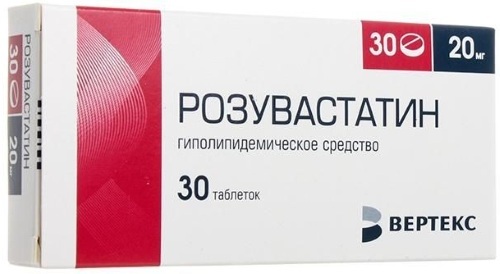
The drugs are prescribed in combination. The type of therapy depends on the severity of hypercholesterolemia and the presence of consequences. If hypercholesterolemia has become the cause of atherosclerosis and other complications, then treatment is prescribed to eliminate them.
Traditional methods
Hypercholesterolemia is successfully treated with alternative methods. They effectively reduce the level of "bad" cholesterol in the blood, cleanse blood vessels and prevent the development of the consequences of hypercholesterolemia. Some recipes help with dyslipidemia - the cause of high cholesterol.
Linden infusion
Infusion of linden flowers helps to reduce the level of total cholesterol in the body and increase the number of HDL (high density lipoproteins, "good" cholesterol). In addition, the product removes excess fluid from the body and lowers blood pressure.
To prepare the infusion, you will need 2 tbsp. l. dry linden flowers and 500 ml of hot water.
Cooking method:
- Linden flowers should be covered with water.
- Next, cover the container with the ingredients and wrap it up, leave the tea to infuse for 20-30 minutes.
- Then the tool needs to be filtered.
It is necessary to take the infusion 2-3 times a day, 100 ml for 1 month.
Flax seeds
Flax seeds are rich in omega-3 fatty acids, which help cleanse blood vessels from excess triglycerides, LDL and VLDL and reduce the risk of atherosclerosis. Flaxseed for the treatment of hypercholesterolemia and dyslipidemia should be taken daily for 1 tbsp. l. on an empty stomach, drinking water and chewing thoroughly. After 30 min. you can have breakfast. The course of admission is 1 month, but you can use flax seeds on an ongoing basis.
You can also add flax seeds to homemade bread, salads or mix them with kefir and use the resulting mixture at night.
Lemon-honey-garlic mixture
With prolonged use, this mixture removes excess LDL and VLDL, triglycerides from the body.
Due to the anti-inflammatory action, the agent relieves inflammation in the vessels with already existing atherosclerosis and other vascular pathologies associated with hypercholesterolemia. To prepare the product, you will need 2 large lemons (always with a peel), 2 heads of garlic and 150 g of honey.
Cooking process:
- The lemon must be thoroughly rinsed and chopped together with the peel in a blender or meat grinder.
- Next, chop and chop the garlic, add to the lemon.
- After that, you need to add honey to the mixture, mix everything thoroughly and pour into a glass jar.
- The mixture must be infused for 7-10 days in a dark cool place, after which it can be consumed.
1 way of use: 1 tbsp. l. the medicinal mixture should be dissolved in 1 glass of warm water and drunk on an empty stomach for 20-30 minutes. before breakfast. Also, the product can be used without dilution, but washed down with water.
2 way of use: 1 tsp. l. 3 times a day for 30 minutes. before meals with a little water.
The duration of the course of admission is 1 month, after which you need to take a break for 2 weeks and repeat the course again.
Broth of oats
Regular intake of broth of oats helps to cleanse blood vessels from excess cholesterol, normalize digestion processes. For cooking, you need 200 g of oats and 1 liter of water.
Cooking process:
- Rinse the groats and fill them with water.
- Next, the mixture must be put on low heat and brought to a boil. After boiling, the broth must be kept on fire for 45-50 minutes.
- After that, the broth must be removed from the heat, drain the liquid into a separate container and cool.

Take the drained liquid 1/3 cup 3 times a day for 30 minutes. before eating. The course of treatment is 2 months.
Ginger tea
Ginger root cleanses blood vessels, removing “harmful” cholesterol from them and restoring their elasticity. Regular consumption of ginger tea prevents the formation of cholesterol plaques and blood clots.
It takes 1 hour to make tea. l. grated fresh ginger root, 1 tsp. l. honey and 1 tsp. l. lemon juice. All ingredients must be mixed, pour 250 ml of hot water and insist for 20-30 minutes. under the lid. You need to drink tea 1-2 times a day for 2 weeks. You can then drink it 2-3 times a week on a regular basis.
Rose hip
Rosehip effectively cleans blood vessels from cholesterol, triglycerides and toxins. It prevents the development of atherosclerosis and the following pathologies. It also helps to strengthen and increase the elasticity of blood vessels.
From rose hips, you can make medicinal tea: 3 tbsp. l. dry rosehip berries should be placed on the bottom of a thermos, pour 600 ml of water and insist for 1 hour. Tea should be taken 2-3 cups a day for 1 month. It can also be drunk 1 cup per day on an ongoing basis.
In addition, a tincture is prepared from the rose hips, which contributes to the treatment and prevention of atherosclerosis.
For cooking you need:
- Take 100 g of rose hips, crush and place on the bottom of a glass jar.
- Then you need to pour the fruit with 200 ml of alcohol or vodka.
- The container must be tightly closed and put in a cool dark place for 2 weeks. Shake the jar with tincture 2-3 times a week.
Tincture reception scheme: 15-20 drops 3 times a day for 20 minutes. before eating. The course of treatment is a month.
Diet
Hypercholesterolemia (causes and consequences are related to each other) requires strict adherence to the diet. Without this, the treatment will not be effective. First of all, patients need to give up trans fats (found in fast food, store snacks), which contain a large amount of cholesterol.
Also, you need to completely exclude from the diet:
- store sauces, ketchup, mayonnaise;
- fatty meats;
- baked goods, confectionery products containing animal fats;
- margarine;
- cream;
- pastry made from first grade flour;
- shop sausages.
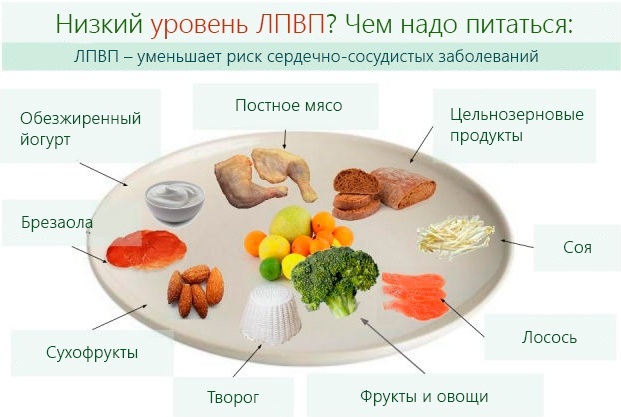

| Recommended products and dishes | Foods and meals recommended in moderation |
|
|
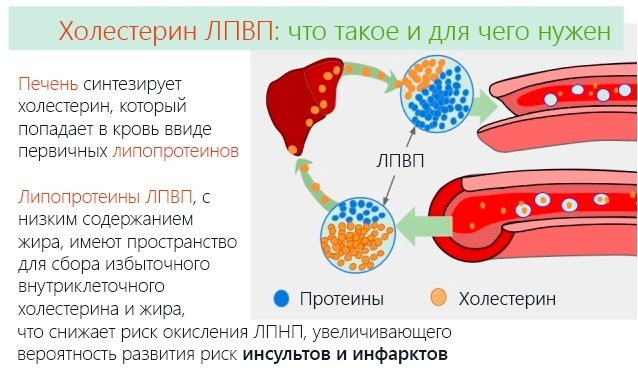
Patients with hypercholesterolemia are prohibited from fried foods. Food must be baked, stewed or boiled. Alcohol is allowed in small quantities 2-3 times a month (it is recommended to choose red wine or beer). Salt is allowed in an amount of no more than 3 g per day.
An approximate daily diet should be as follows:
- Breakfast: oatmeal in water with nuts and berries, green tea.
- Snack: 1 apple or a glass of freshly squeezed juice.
- Lunch: vegetable soup, chicken cutlet with pasta, vegetable salad.
- Afternoon snack: cottage cheese with sour cream.
- Dinner: protein omelet, vegetable salad with vegetable oil.
Lifestyle change
Anyone who has high blood cholesterol needs to change their lifestyle.
In addition to adhering to a diet, patients must adhere to the following rules:
- completely quit smoking (smoking increases blood cholesterol levels);
- reduce body weight by at least 20% if there is obesity;
- increase physical activity through sports, morning exercises, walks;
- avoid stress as much as possible.
The listed rules help not only to lower the level of cholesterol in the blood, but also to reduce the risk of atherosclerosis, stroke, heart attack and other cardiovascular pathologies.
Also, patients with hypercholesterolemia should donate blood for a lipid profile once every 3-6 months to determine the level of HDL, LDL, VLDL and triglycerides in the body and control treatment.
Surgery
Surgical treatment is used if the cause of hypercholesterolemia is obstruction of the biliary tract due to blockage. In this case, the stones are removed and, if necessary, the gallbladder.
If the patient has Itsenko-Cushing's disease, then an operation is performed on the pituitary gland. In the presence of a high degree of obesity (especially in combination with diabetes mellitus), operations on the stomach are performed - either bandaging or resection is performed.
Possible consequences
Hypercholesterolemia (causes and consequences require mandatory treatment) is directly related to the development of atherosclerosis - excess LDL and VLDL molecules are deposited on the walls of blood vessels and leads to their narrowing, which becomes the cause of deterioration of blood circulation in body tissues.
As a result of atherosclerosis, the risk of developing the following pathologies sharply increases:
- stroke;
- heart attack;
- hypertension;
- aortic aneurysms;
- chronic renal failure;
- limb pathologies.
The consequences of hypercholesterolemia are very serious and can cause death of a person. To avoid complications, it is necessary to change the lifestyle and follow the treatment with the use of medicines and folk methods.
Video about hypercholesterolemia
Malysheva about hypercholesterolemia:


